Meat packing industry Chicago
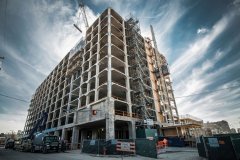 Photo by John R. Boehm 1000 W. Fulton Market
Photo by John R. Boehm 1000 W. Fulton Market
articlePara - html?
During the 1996 Democratic National Convention in Chicago, the city placed flower boxes along streets in the meatpacking district on the Near West Side. To many of the wholesalers who loaded trucks with raw meat, seafood and produce, the came across as putting lipstick on a pig—or on hog butchers.
“That was Mickey Mouse-ing it, ” says Jim Graziano, fourth-generation owner of J.P. Graziano Grocery Co.
These days, the area across the Kennedy Expressway from the West Loop is home to a more significant clash of cultures. The Fulton and Randolph Market District is awash in proposed commercial developments, cheering restaurateurs, hoteliers and but leaving some generations-old businesses anxious about their future.
Interest in real estate ramped up with the emergence of an acclaimed restaurant row on West Randolph Street, and it has intensified since last summer when Google Inc. in the former Fulton Market Cold Storage building. The Mountain View, Calif.-based technology giant is moving its Chicago office from River North, which itself was transformed from grit to glamour in recent decades.
The city's Department of Planning and Development is creating a land-use plan to set guidelines for new projects on and around Fulton Market and Randolph Street, heading into an April 1 public meeting.
“The good news is, the West Loop is seeing unprecedented development. The bad news is, the West Loop is seeing unprecedented development, ” says resident Scott Maesel, who also is active in the neighorhood as a commercial real estate broker and investor.
“How do you form a plan that's amenable for four or five different groups of people?” says Mr. Maesel, managing director in the Chicago office of Sperry Van Ness LLC and vice president of the West Loop Community Organization. “I don't think there's one silver bullet that will figure all of this out.”
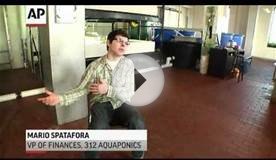
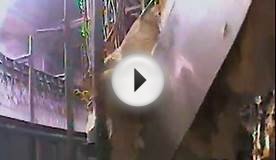
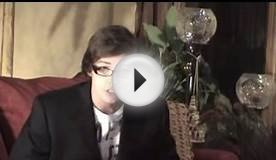
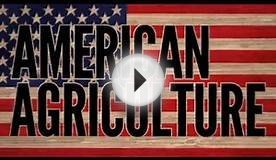
 The Chicago Bulls are a professional basketball team based in Chicago, Illinois, playing in the Central Division of the Eastern Conference in the National Basketball Association (NBA). The team was founded in 1966. They play their home games at the United Center. The team is well known for having one of the greatest dynasties in NBA and sports...
The Chicago Bulls are a professional basketball team based in Chicago, Illinois, playing in the Central Division of the Eastern Conference in the National Basketball Association (NBA). The team was founded in 1966. They play their home games at the United Center. The team is well known for having one of the greatest dynasties in NBA and sports...